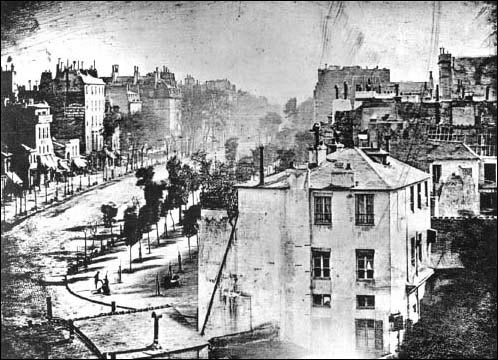My rating: 2 of 5 stars
First of all: I read this in its abridged, audiobook edition. I don’t think if it had been longer my opinion might have been any different but I had to share the fact for what it might be worth for. Maybe it influenced more than it would have the impact of what I perceived the book’s short-comings on me. Maybe it being an audiobook pronounced the book’s obvious shortcomings I detail below.
Why 2 stars:
The main point of Ishmael, the gist, the essence, the core of it I agree with. The agricultural revolution 10,000 years ago changed everything for Homo Sapiens. It began the era of the manipulation of other species, be it floral or faunal, it made people settle down and (as Jean-Jacques Rousseau would have it), “enclose a piece of ground and call it theirs[…]”; it created private ownership. It moved people away from their earlier “primitive communist” ways of living and finally it founded civil society and cities. As one can thus etymologically deduce, this event created what we tend to call civlization today.
All this I heartily agree with. A great deal, if not all, of humanity’s problems and imbalances that are now reaching their logical climaxes were created back then, thousands of years before people had even begun making writing stuff down a habit.
What’s wrong then?
-This book is NOT a novel. Why does it pretend to be one? Why does it have a story? Why does it have a stupid guy as its protagonist that answers to every question with a “yes” or a “no”? Why even a guy in the first place with whom practically no-one out of the book’s target audience would be able to identify? Do we have to read these discussions? I honestly grew tired of them very quickly.
In my opinion the Socratic method doesn’t work for written teachings for it does not let the reader figure their own answers out; they only have to keep reading to “get it”, not to say that they might have different answers than the, frankly, unimaginative ones the student comes up with. At the same time as the students don’t really have to think their answers out at all, the teacher gets all condescending and irritating.
-Wouldn’t you say it’s a failure of a book structure?
-Yes.
–The wise gorilla, the book’s namesake. This wise gorilla, complete with his own needless backstory and apparently symbolising the whole of nature apart from humans, has the ultimate solution. His ultimate solution though depends on every student spreading the message to not one, not two, but one hundred others. Really? A hundred? I don’t even have this many acquaintances I am on speaking terms with, if facebook is to be trusted; how would anyone in this age of pluralism of opinion but monolithicism of practice take such bold and life-changing decisions just by listening to me? To return to the subject of the gorilla: he is the front for the writer himself, but his temper with the arbitrarily dim student is short, his arrogance annoying and his bullheadedness and sporadic refusal to teach, completely out of character. Why the whole blasé air?
A funny personal sidenote: because the gorilla was of the talkative kind, I imagined him as wearing clothes, glasses and a hat. Cultural conditioning much.
TLDR: the book has a valuable message but the presentation takes almost all of the value away from it.




